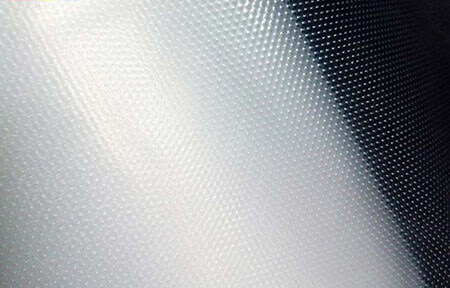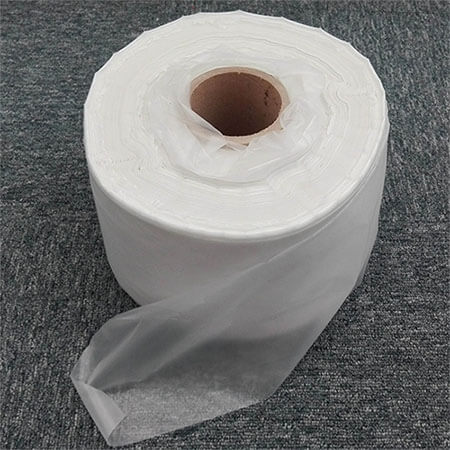The simple principles of embroidery backing – when, how, and why?
If you are embroidering on a towel, velvet, woolen fabric or other embroidered thread, to prevent the thread from slipping into the fabric, there are two different types of embroidery backing, namely water-soluble interlining and hot melt interlining.

Hot melt interlining tips:
1. If you are not sure whether your fabric can withstand the temperature of the iron, just take a small piece of cloth for test.
2. Inferior hot melt lining will leave stains and odors in your cloth, so we should buy good quality products.
3. Never use a steam iron and press on the hot melt lining.
4. Put a piece of paper on top of the embroidery, hot melt lining will be better to remove through the paper.

Water soluble interlining tips:
1. If your cloth is not suitable for using hot melt lining, should use water soluble backing.
2. When your cloth is thick, if you need to use some layers of thin water soluble lining, thicker water soluble fabric can replace. If your fabric can use water soluble interlining and hot melt interlining, then choose the one you love more.
3. Thicker embroidery lining is better for thick pattern, while the thin embroidery backing is better for loose type.
4. When you use gold and silver threads, avoid 100% polyester embroidery liners. Try using some natural materials for embroidery (cotton or polyester-viscose). The computer embroidery lining of natural materials is usually very soft, and there is less friction when the embroidery needle and embroidery thread pass through, so it is less broken. This is correct for any embroidery thread, but there are some special hints for gold and silver lines.
